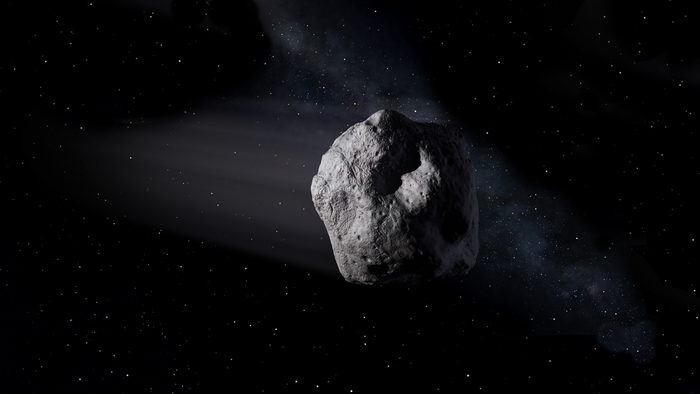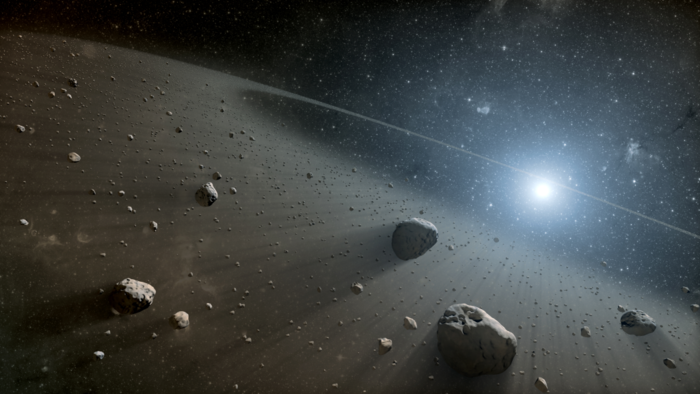Earth to get a ‘mini moon’ this month, scientists reveal
Space rock to orbit Earth for brief period between September and November, researchers say
Your support helps us to tell the story
From reproductive rights to climate change to Big Tech, The Independent is on the ground when the story is developing. Whether it's investigating the financials of Elon Musk's pro-Trump PAC or producing our latest documentary, 'The A Word', which shines a light on the American women fighting for reproductive rights, we know how important it is to parse out the facts from the messaging.
At such a critical moment in US history, we need reporters on the ground. Your donation allows us to keep sending journalists to speak to both sides of the story.
The Independent is trusted by Americans across the entire political spectrum. And unlike many other quality news outlets, we choose not to lock Americans out of our reporting and analysis with paywalls. We believe quality journalism should be available to everyone, paid for by those who can afford it.
Your support makes all the difference.A small asteroid will be pulled into orbit around the Earth as a “mini-moon” later this month before the space rock departs into other parts of the solar system.
The 10m-wide asteroid, dubbed 2024 PT5, will become a mini-moon from 29 September until 25 November, astronomers said in a new study published in the journal Research Notes of the AAS.
Earth tends to pull asteroids into partial or full orbits around it regularly before they are flung back out into space.

For instance, one such space rock 2022 NX1 was a short-lived “mini-moon” in 1981 and again in 2022.
The asteroid 2024 PT5 as the name suggests was only discovered last month by scientists who are part of the Asteroid Terrestrial-Impact Last Alert System.
This space rock was likely a fragment of the Moon, researchers speculate.
By following its current size, speed and path, scientists could estimate the asteroid’s path for the next few months.
It is expected to follow a horseshoe-type orbit to become a “mini-moon” of Earth on 29 September only to return to a path orbiting the Sun about 57 days later on 25 November, according to the study.
After orbiting around the Earth for a few days, it will leave the planet’s neighbourhood “shortly afterwards”, until its next return in 2055, scientists say.

The current path of the asteroid also enabled researchers to trace its origins.
They suspect it comes from the Arjuna asteroid belt, a sparse population of small near-Earth space objects orbiting the Sun.
This is a secondary asteroid belt in the Solar System surrounding the path followed by the Earth-Moon system.
In some previous cases, asteroids anticipated to become Earth’s mini-moons have turned out to be misidentified space debris or human-made spacecrafts.
However, in the case of 2024 PT5, researchers say it is “unlikely” to be an artificial object as its short-term orbit path closely resembles that of 2022 NX1 – a confirmed natural object.
“We show that the recently discovered small body 2024 PT5 follows a horseshoe path and it will become a mini-moon in 2024, from September 29 until November 25,” scientists wrote.

Join our commenting forum
Join thought-provoking conversations, follow other Independent readers and see their replies
Comments